OnePlus 9 and OnePlus 9 Pro: Everything you need to know about the latest flagships in town!
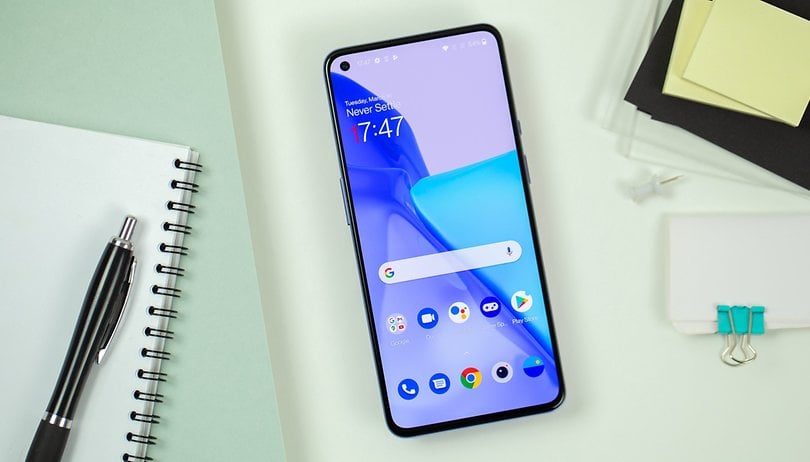

OnePlus has just officially announced its two new flagships: the OnePlus 9 and OnePlus 9 Pro, this Tuesday, March 23. The two flagship smartphones are powered by a Snapdragon 888 chipset, sport a 120 Hz AMOLED display, has a triple and quadruple 48 MP camera module from Hasselblad, respectively, and are powered by a 4,500 mAh battery without any price increase.
The OnePlus 9 and OnePlus 9 Pro will retail for €699 and €899, respectively. I am looking forward to the review units of the OnePlus 9 Pro and the "vanilla" OnePlus 9 as they are set to arrive at the end of the week. But as always, we offer you here a summary on all the official information concerning the two new OnePlus flagships.
After a quick update on the respective specifications sheet of the two models, we will summarize the main new features of this range as well as the main differences between the base model and its Pro version.
OnePlus 9 and OnePlus 9 Pro
| Model | OnePlus 9 | OnePlus 9 Pro |
|---|---|---|
| Processor | Snapdragon 888 | Snapdragon 888 |
| Memory |
|
|
| Expandable storage |
No microSD slot |
No microSD slot |
| Connectivity | 5G | 5G |
| Screen |
|
|
| Size | 160 x 74.2 x 8.7 mm | 163.2 x 73.6 x 8.7 mm |
| Weight | 192 grams | 192 grams |
| Camera |
|
|
| Video |
|
|
| Battery capacity | 4500 mAh | 4500 mAh |
| Charging Technologies |
|
|
| Audio | Dual stereo speakers with Dolby Atmos | Stereo speakers with Dolby Atmos / 3.5 mm headphone jack |
| IP certified | No | IP 68 |
| OS | OxygenOS 11 based on Android 11 | OxygenOS 11 based on Android 11 |
| Price | From €699 | From €899 |
OnePlus 9 and OnePlus 9 Pro: The main new features
The OnePlus x Hasselblad camera module
On the OnePlus 9 and OnePlus 9 Pro, the collaboration with Hasselblad is only software-based as is the case between Huawei and Leica. Hence, you will still see the same Sony IMX689 main sensor that is already present on the OnePlus 8, 8 Pro, and 8T. The OnePlus 9 Pro, however benefits from a newer sensor in the form of the Sony IMX789.
The highlight of this Hasselblad camera module would be the calorimetry capability. OnePlus promises that its new natural color calibration solution, which is based on Hasselblad's expertise, will result in a higher degree of color accuracy, and therefore more realistic, photos.
The highlight of the main sensor would be support for native dual ISO, 12-bit RAW which is apparently the new buzzword for photophiles (as I understand, that translate to LOTS of color in a photo) and DOL-HDR. DOL stands for "Digital Overlay" and consists of taking several shots with different exposure values and then combining them to optimize the dynamic range.
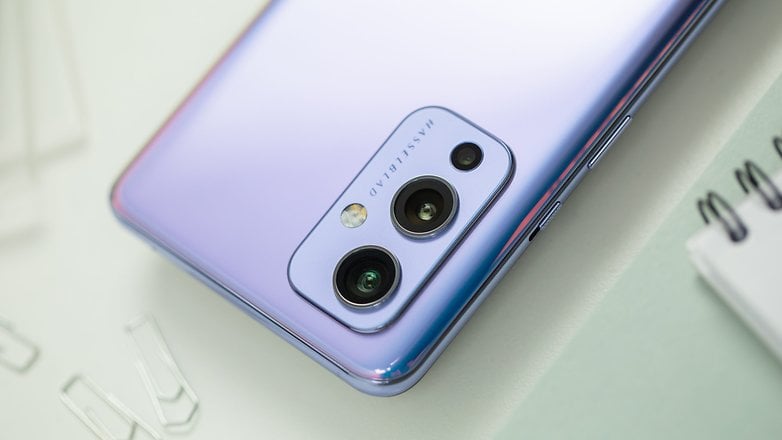
The 50 MP wide-angle lens with its "freeform" lenses
There's also a 50 MP Sony IMX766 ultra-wide-angle lens on both models, compared to the 16 MP and 48 MP on the OnePlus 8 and OnePlus 8 Pro, respectively. The main difference would be the integration of so-called "freeform lenses." These are several lenses with irregular surfaces and superimposed asymmetrically with respect to their axis. The idea is to direct the captured light in such a manner so that the distortion effect typical of large FOV optics is limited.
Here, OnePlus promises to contain the distortion effect to less than 1%. A figure that does not carry much meaning right now, but the freeform design on an ultra wide-angle lens has already proven to work wonders on the Huawei Mate 40 Pro.
As for the rest of the specifications, the OnePlus 9 and 9 Pro will ship the virtually useless 2 MP monochrome sensor and a dedicated 8 MP telephoto lens will once again, be reserved for the Pro model.
Fluid AMOLED display with LTPO technology and 1300 nits of brightness
Both the OnePlus 9 and OnePlus 9 Pro will boast of an AMOLED display with a 120Hz refresh rate in Full HD+ and QHD+ resolution, respectively. But the Pro model's panel features LTPO technology which stands for "low-temperature polycrystalline oxide."
Specifically, this technology is mainly aimed at optimizing support for an adaptive refresh rate, which consists of offering various rates depending on the usage scenario. 120 Hz for games, 60 Hz for videos, and 30 Hz for system navigation, for example. OnePlus wants to offer a variation from 120 Hz all the way down to 1 Hz for reading text or viewing photos.
The OnePlus 9 Pro's display is also supposed to offer a touch sampling rate of 360 Hz. This is the number of times per second that the screen is capable of registering a touch. This is an important concept for gaming, ensuring better responsiveness and accuracy of touch controls. For reference, the most recent gaming smartphone, the ROG Phone 5, offers a touch sampling rate of 300 Hz, but the Xiaomi Mi 11 has already broken all records with its 480 Hz refresh rate.
The OnePlus 9 Pro's panel is also capable of displaying a maximum brightness level of 1300 nits. It's not the brightest screen on paper as the Samsung Galaxy S21 Ultra's display is capable of 1500 nits, max. Do take note that screen quality is not judged by its ability to burn your retina anyway.
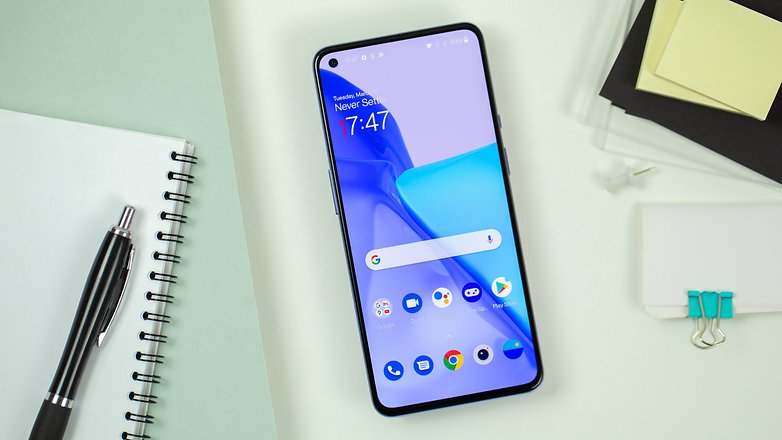
The Snapdragon 888 chipset
Unsurprisingly, both the OnePlus 9 and OnePlus 9 Pro will pack the Snapdragon 888 chipset, Qualcomm's latest high-end 5G SoC. We find the tri-cluster structure armed with a Cortex-X1 clocked at 2.84 GHz, three Cortex-A78 clocked at 2.42 GHz, and four Cortex-A55 at 1.8 GHz underneath the hood.
OnePlus claims to have actually learned that from the OnePlus 8T in terms of designing an efficient cooling system by enlarging the vapor chamber and using thicker graphite layers as well as larger copper films to better manage temperature control.
It is still impossible to verify these claims since I haven't disassembled the smartphone but I'll leave that cruel but necessary task to the specialists who love to indulge in such a heartbreaking effort.
Warp Charging Wirelessly at 50 Watts
Wireless charging on OnePlus' flagships is no longer such big news since the manufacturer FINALLY offered it on last year's OnePlus 8. Except that this year, not only will it no longer remain exclusive on the Pro model, but it will also be more capable.
The OnePlus 9 will receive 15-watt Qi wireless charging capability while the OnePlus 9 Pro will get the brand new 50-watt Warp Charge - and is also capable of wireless charging as well. OnePlus has thus caught up with competitors Xiaomi and Huawei, who were ahead in this department. For fast wired charging, it will be Warp Charge 65T at... 65 Watts, as seen on the OnePlus 8T.
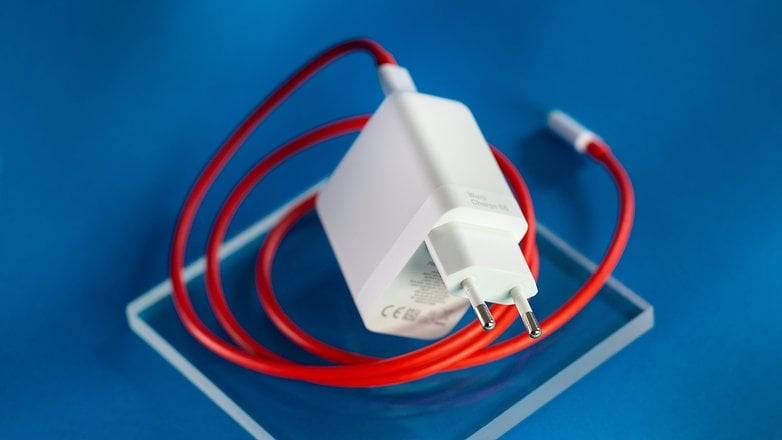
OnePlus 9 vs. OnePlus 9 Pro: The main differences
The OnePlus 9 and OnePlus 9 Pro will come in the following configurations:
The easiest way is to list the features or spec sheet items that the OnePlus 9 Pro has as an exclusive. Then it will be up to you to see if the price difference is justified or if the base model is competitive enough.
Features exclusive to the OnePlus 9 Pro are:
- Sony IMX789 main lens newer than the Sony IMX689 on the OnePlus 9 with OIS+EIS vs. EIS only on the OnePlus 9
- Dedicated telephoto lens for optical zoom
- LTPO technology for the screen and a smarter adaptive refresh rate
- 50-watt wireless fast charging
- IP68 waterproof certification
- Curved display!!!
Here's all that we have for the introduction of the OnePlus 9 and OnePlus 9 Pro. The 50 MP ultra-wide-angle camera module, 50-watt wireless charging capability, Warp Charge 65T, and 360 Hz tactile sampling rate are nice additions to have over last year's models. Only the 4,500mAh battery remains a disappointment in my opinion.
As a reminder, the OnePlus 9 and OnePlus 9 Pro will be released at prices starting at €699 and €899, respwctively. What do you think of these two new flagships? Do you find them to be competitive enough to go head-to-head with the Samsung Galaxy S21/Plus/Ultra, Xiaomi Mi 11, or Oppo Find X3 Pro?







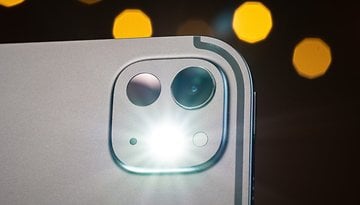
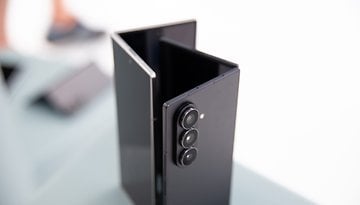
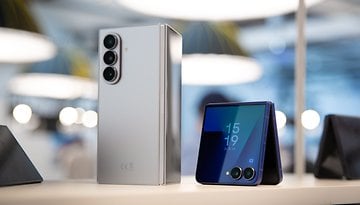
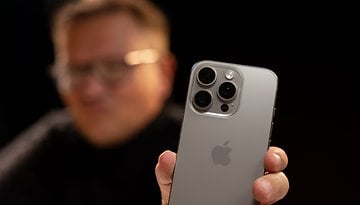
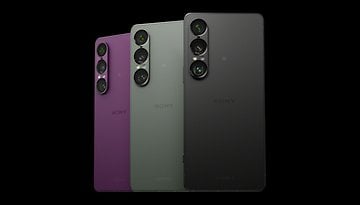








Oneplus is one of those part integrators on a reference design where the sum of the parts is just that. Synergy has continually eluded them and their reliance on proprietary charging and other behaviors is user hostile.
nice